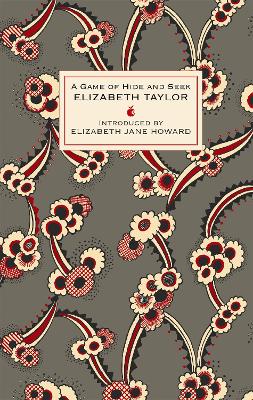New York Review Books Classics
3 total works
Writing stories that are extravagant and fanciful, fifteen-year old Angel retreats to a world of romance, escaping the drabness of provincial life. She knows she is different, that she is destined to become a feted authoress, owner of great riches and of Paradise House . . .
After reading The Lady Irania, publishers Brace and Gilchrist are certain the novel will be a success, in spite of - and perhaps because of - its overblown style. But they are curious as to who could have written such a book: 'Some old lady, romanticising behind lace-curtains' . . . 'Angelica Deverell is too good a name to be true . . . she might be an old man. It would be an amusing variation. You are expecting to meet Mary Anne Evans and in Walks George Eliot twirling his moustache.' So nothing can prepare them for the pale young woman who sits before them, with not a seed of irony or a grain of humour in her soul.
A stunning hardback edition of Elizabeth Taylor's wonderful novel about first love and childhood summers, with a cover design by Celia Birtwell.
During summer games of hide-and-seek Harriet falls in love with Vesey and his elusive, teasing ways. When he goes to Oxford she cherishes his photograph and waits for the letter that never comes. Then Charles enters her life, and Harriet stifles her imaginings. With a husband and daughter, she excels at respectability: ornaments on the mantlepiece, remembered birthdays and jars of lilac. But when Vesey reappears, her marriage seems to melt away. Harriet is older, it is much too late, but she is still in love with him.
First published in 1958, this is Elizabeth Taylor's subtlest and finest work.
Elizabeth Taylor is finally beginning to gain the recognition due to her as one of the best English writers of the postwar period, prized and praised by Sarah Waters and Hilary Mantel, among others. Inheriting Ivy Compton-Burnett’s uncanny sensitivity to the terrifying undercurrents that swirl beneath the apparent calm of respectable family life while showing a deep sympathy of her own for human loneliness, Taylor depicted dislocation with the unflinching presence of mind of Graham Greene. But for Taylor, unlike Greene, dislocation began not in distant climes but right at home. It is in the living room, playroom, and bedroom that Taylor stages her unforgettable dramas of alienation and impossible desire.
Taylor’s stories, many of which originally appeared in The New Yorker, are her central achievement. Here are self-improving spinsters and gossiping girls, war orphans and wallflowers, honeymooners and barmaids, mistresses and murderers. Margaret Drabble’s new selection reveals a writer whose wide sympathies and restless curiosity are matched by a steely penetration into the human heart and mind.

